Service dogs play an invaluable role in the lives of people with disabilities, providing essential assistance, companionship, and emotional support. Central to their function is the service dog vest, a critical accessory that not only identifies the dog as a working animal but also enhances its capability to perform its duties efficiently. This comprehensive guide, Pete’s Pet Supply delves into the world of service dog vests, exploring their types, features, fitting, legal aspects, and more.
Definition and Purpose of Service Dog Vest
A service dog vest is a specially designed garment worn by a service dog to signal its working status to the public. Beyond mere identification, these vests are functional tools equipped with features that allow the dogs to perform specific tasks effectively. The primary purposes of a service dog vest include identification, utility, safety, and comfort for both the dog and the handler.
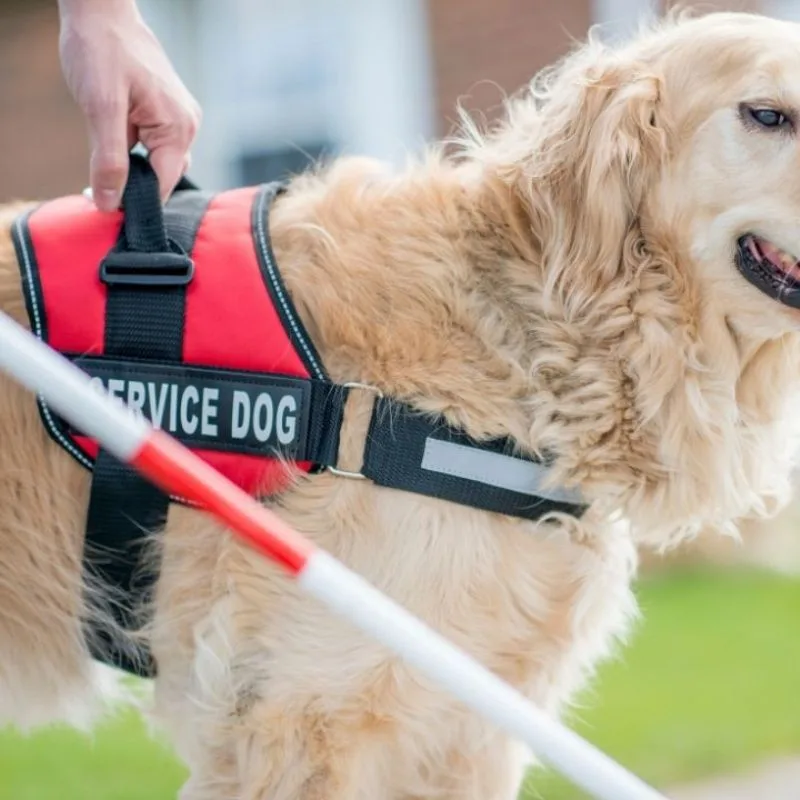
Types of Service Dog Vests
Understanding the different types of service dog vests is essential. These vests not only help identify the dog’s purpose but also provide practical benefits suited to the specific tasks they perform.
Identification Vests
Identification vests are the most common type, designed primarily to signal that the dog is a service animal. They often include prominent patches or badges that read “Service Dog” or “Do Not Pet,” serving to inform the public and prevent unnecessary distractions.
Tactical Vests
Tactical vests are robust and feature-rich, designed for service dogs that perform specialized tasks such as search and rescue, police work, or military duties. These vests often come with MOLLE (Modular Lightweight Load-carrying Equipment) webbing, allowing handlers to attach various pouches and gear.
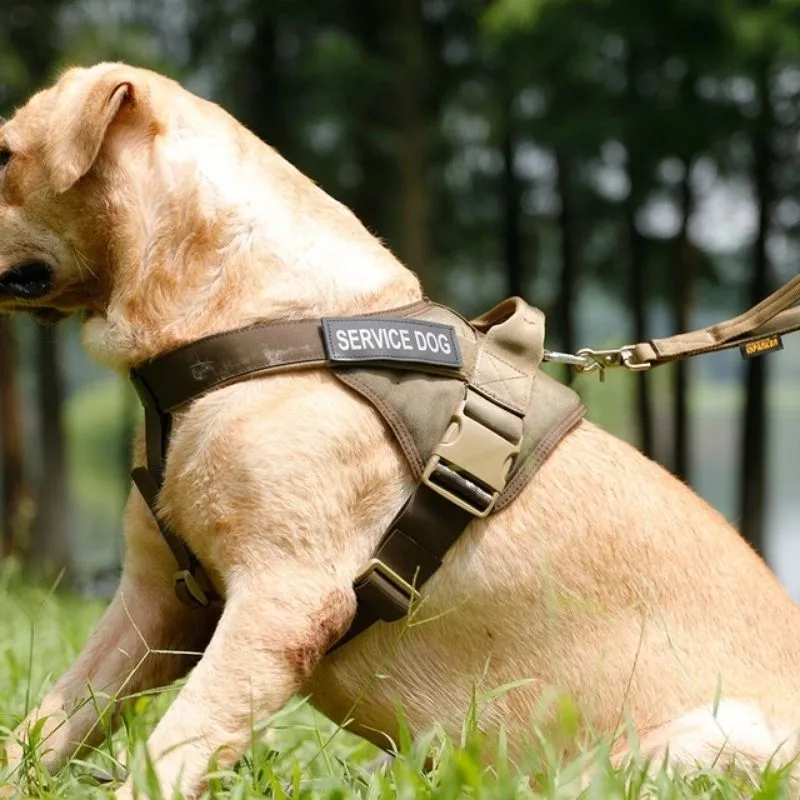
Cooling Vests
Cooling vests are made with materials that help regulate the dog’s body temperature, essential for service dogs working in hot climates. These vests typically contain gel packs or water-activated cooling materials, ensuring the dog remains comfortable while performing its duties.
Reflective Vests
Reflective vests enhance the visibility of service dogs in low-light conditions, improving safety during nighttime or early morning activities. These vests are embedded with reflective strips that catch and reflect light, making the dog easily noticeable.
Harnesses with Handles
Harnesses with handles are designed for service dogs that assist with mobility tasks. The handle allows the handler to maintain physical contact with the dog, providing balance, stability, or physical guidance as needed.
Features of Service Dog Vests
Materials and Durability
Service dog vests are made from durable materials such as nylon or polyester. These materials must withstand rough use and varying weather conditions while remaining lightweight and comfortable for the dog.
Design and Comfort
The design of a service dog vest emphasizes ease of use and comfort. Adjustable straps, padding, and ergonomic shapes ensure the vest fits well without restricting the dog’s movement or causing discomfort.
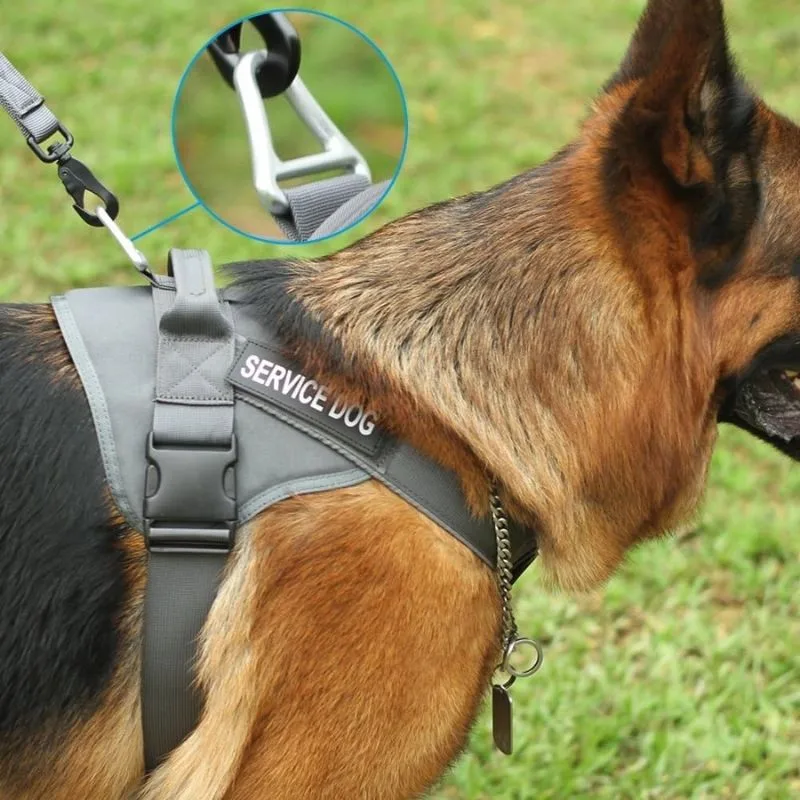
Pockets and Storage Options
Many vests come with built-in pockets or pouches, allowing handlers to carry essentials such as identification cards, medical supplies, or small equipment. This feature is particularly useful for tactical and identification vests.
Reflective Strips and Visibility
Reflective elements integrated into the vest design enhance visibility, an essential aspect for the safety of both the dog and the handler, especially in low-light environments.
Choosing the Right Service Dog Vest
- Assessing Dog’s Size and Breed: Selecting an appropriately sized vest is crucial. Measure your dog’s girth, chest, and length, and choose a vest that matches these dimensions to ensure a snug yet comfortable fit.
- Activity and Workload Considerations: Consider the specific tasks your service dog performs to choose a vest that matches its workload. For high-activity tasks, opt for lightweight and breathable vests, while heavy-duty roles may require more robust, tactical vests.
- Climate and Environmental Factors: The climate in which your dog works plays a significant role in vest selection. Cooling vests are ideal for hot climates, while insulated options may be better for colder environments.
- Custom vs. Standard Vests: Custom vests can be tailored to fit your dog perfectly and include personalized features. While standard vests offer a range of sizes and styles that might fit most dogs adequately.
Fitting and Adjusting Service Dog Vests
Accurate measurements are vital to ensuring your service dog’s vest fits perfectly. Begin by measuring around the widest part of your dog’s chest, the neck, and from the base of the neck to the base of the tail to determine the appropriate vest size. Once you have the vest, ensure all straps and buckles are properly adjusted to prevent the vest from slipping or causing discomfort.
The vest should fit snugly but not tightly, allowing free movement. It’s important to check the vest frequently to ensure it doesn’t rub against sensitive areas or restrict movement. The design should facilitate the dog’s natural movements and not impede any tasks they are required to perform.
Common fit issues can include slipping vests or pinching straps. Solutions may involve adjusting the straps, adding padding, or choosing a different size or type of vest. By addressing these common problems, you help ensure that the vest provides both comfort and functionality, enabling your service dog to perform their duties effectively without any hindrance.
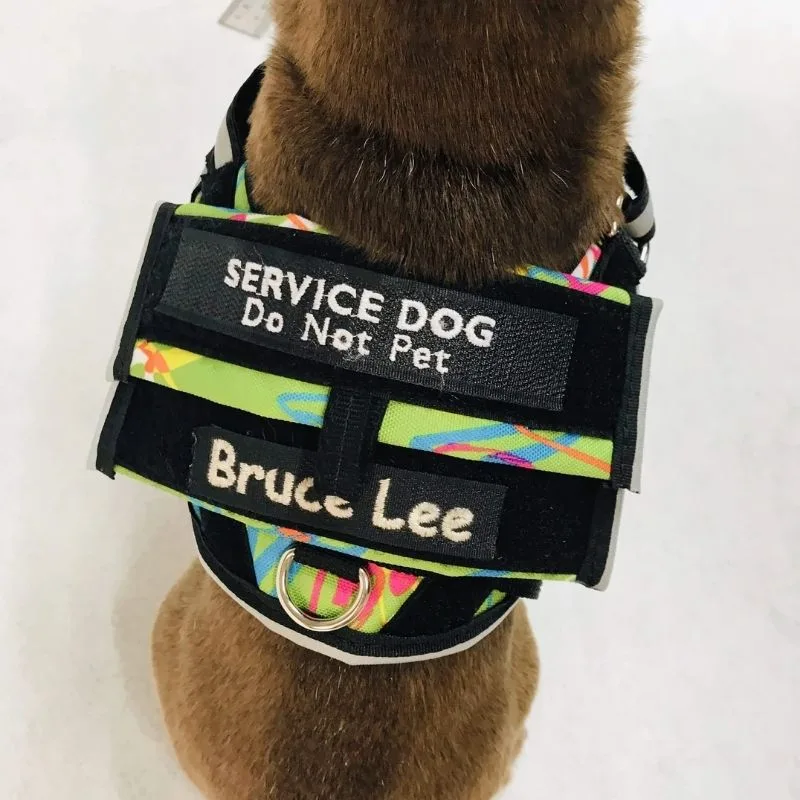
Legal Aspects of Service Dog Vests
ADA Regulations and Compliance
Under the ADA (Americans with Disabilities Act), service dogs are not required to wear vests, but doing so helps signal their role. The vest can aid in gaining public cooperation and ensuring access to public spaces.
Misrepresentation and Penalties
Misrepresenting a pet as a service animal is illegal and can result in significant penalties. Using authentic vests and proper identification helps legitimize the dog’s role and avoids these legal issues.
Identification and Documentation
There are companies that issue fake accreditation for service dogs, which hold no legal validity. It’s important to have proper documentation and avoid relying on suspicious certificates.
State-specific Laws and Regulations
Laws regarding service dogs vary by state. It’s crucial to understand and comply with the specific regulations in your area, which may influence vest requirements and public access rights.
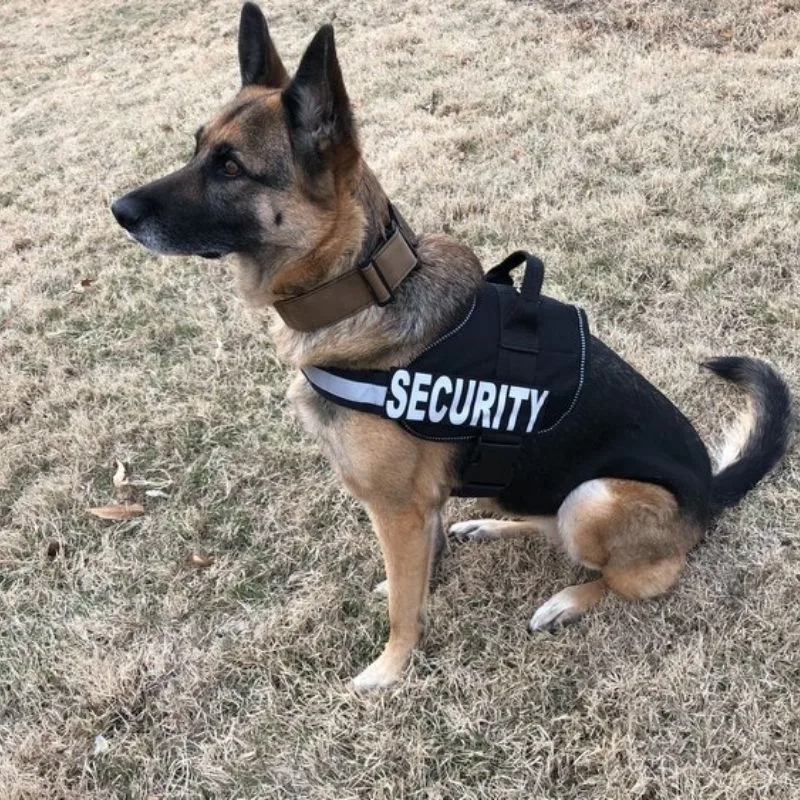
Frequently Asked Questions (FAQs)
Do service dogs have to wear a vest?
No, service dogs are not legally required to wear a vest under the ADA. However, wearing a vest can help identify the dog as a service animal, making it easier to access public spaces and reducing interruptions.
Where to buy service dog vest?
Service dog vests can be purchased from pet supply stores, specialized online retailers, and custom service dog equipment shops. Popular options include Amazon, Chewy, and pet specialty websites like ActiveDogs and Jervis Family Store.
Service dog vests are more than mere identifiers; they are essential tools that enhance the ability of service dogs to perform their vital roles. From choosing the right type and features to understanding legal aspects. Investing time in selecting and fitting the perfect vest ensures your service dog can work comfortably and effectively. As you embark on this journey, recall that the right service dog vest bridges the bond between the handler and their indispensable companion, fostering an environment of trust, efficiency, and safety.
Javier Cortes – Founder of Pete’s Pet Supply store since 1993. Has a lot of experience in the animal and pet industry. From professional knowledge of the industry and experience in caring for, buying and selling food, toys and equipment for pets. Javier Cortes often shares this knowledge on forums and the store’s website.
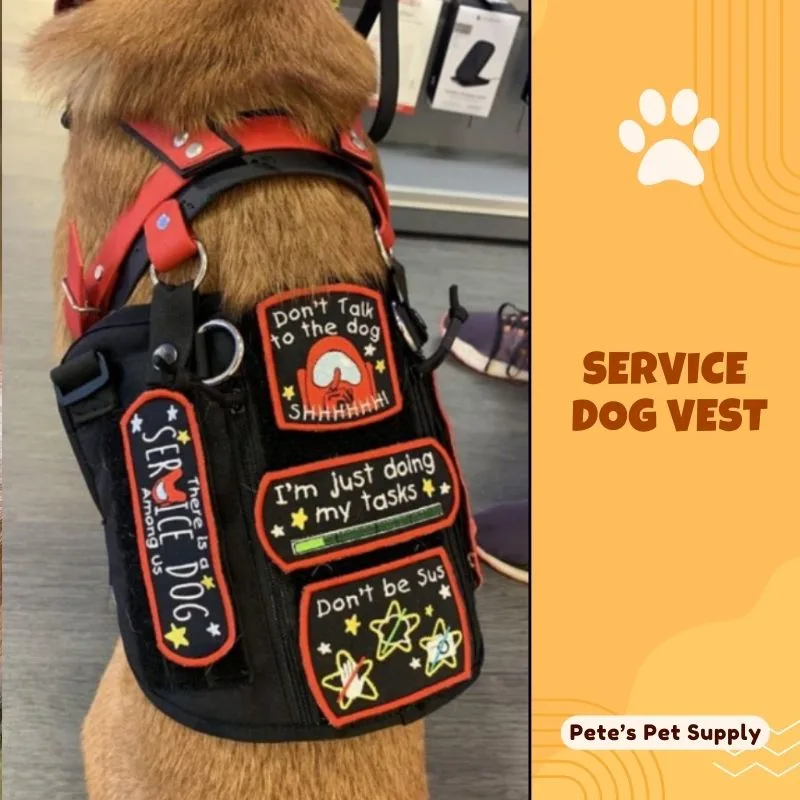
Leave a Reply